Rooifontein mining plans spark alarm over wildlife, ecological threats
Conservation Threat
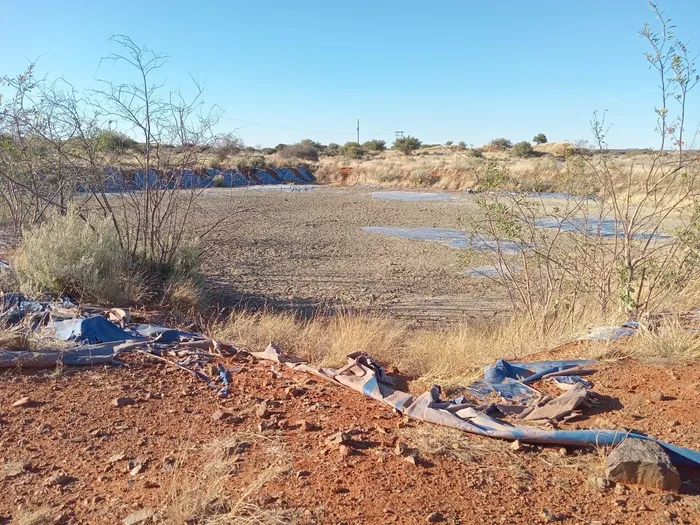
An area of Rooifontein farm that was mined and never rehabilitated.
Image: Supplied / Jan Reichert
Wildlife club members, environmentalists and farmers are fiercely opposing a diamond mining application that threatens the future of Rooifontein.
Experts have advised that mining activity will have a devastating impact on wildlife, fauna and flora, birdlife and the ecosystem. Affected parties, including members of the public, have until September 12 to lodge any objections.
The farm is home to threatened species, including the Secretary bird, white backed vulture, small spotted cat, mountain reedbuck, as well as zebras, Gemsbok and unique plant species.
The proposed area will affect an archaeological and cultural heritage site and San rock art site, while recreational activities such as hiking, bird watching, bicycle riding, park runs, camping and hunting will also be negatively impacted.
The mining proposal submitted by Affordable Outcomes CC, based in Christiana, intends to mine 371 hectares of land for diamonds, where it has committed to limit pollution and mining disturbances and rehabilitate the land.
It added that hazardous waste would be stored in designated containers and removed by the relevant contractor.
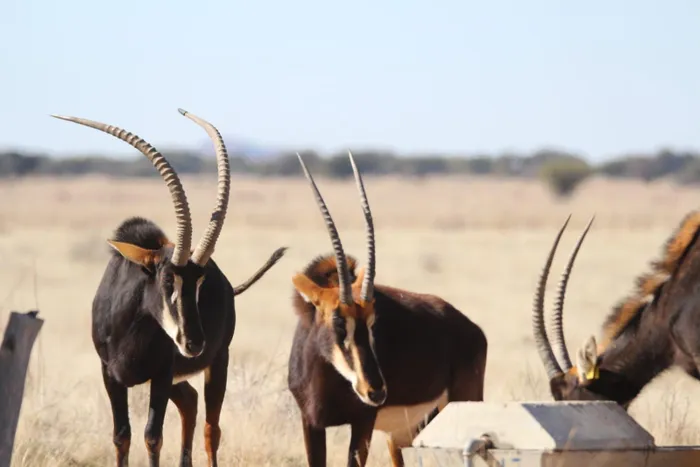
A sable antelope breeding programme will be under threat at Rooifontein.
Image: Supplied / Ekapa mining
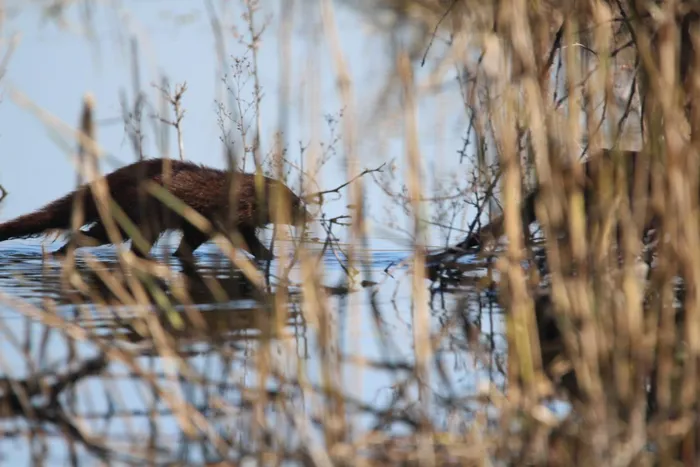
Various wildlife, including otters, can be found at Rooifontein farm.
Image: Supplied / Ekapa mining
What would become of the game?
Environmental specialist at Ekapa Mining, Ester Van der Westhuizen-Coetzer, said a big question mark hung over what would become of the game if mining proceeded at Rooifontein.
“We would have to remove wildlife that graze on the grassland, shrubs and leaves as they will not be able to survive outside their natural habitat. Camel thorn trees that take several years to grow will have to be uprooted. Mining will disrupt our roan antelope and sable breeding programmes. We are at a loss as to where the game will be relocated to.”
She said mining was proposed to take place where Secretary bird nests were located.
“We have been tracking hatchlings for some time as part of a conservation project, as they are listed as a vulnerable species.”
She added that there were just over 1,000 flamingos, as well as a population of black footed cats in the area.
“They are extremely sensitive to noise and dust. What about the tortoises, porcupines, hedgehogs and caracal cats? ”
She pointed out that mining would threaten the livelihoods of workers employed at Rooifontein as well as tourism, scientific research and recreational activities.
“Income derived during the hunting season for population control is used to pay their salaries. Hunting takes place from April to August, while mining will take place for 23 days per month. Overnight stays, walking, cycling, and birding will no longer be allowed as operations will take place right next to the eco-centre and where the bungalows are situated.”

A number of buck populate the conservation area at Rooifontein.
Image: Supplied / DFA
Tourist attraction and important research site
Van der Westhuizen-Coetzer added that Rooifontein was a tourist attraction and an important research site.
“It is the only place where postgraduate students can conduct their practicals. Mining will interrupt our aardvark tracking programme. It is the only area where children can safely ride around on their bicycles. Activities such as birding, walking, cycling, hiking and overnight stays will become a thing of the past.
"No one wants to hold a wedding when there are trucks riding up and down the venue.”
She pointed out that fencing off mining areas would inhibit animals from freely roaming the area.
“Injured animals that run into the fence will have to be put down. They are not accustomed to heavy-duty vehicles and machinery. “
Van der Westhuizen-Coetzer stated that the worldwide Kimtri environmental conservation project was also under threat, should mining proceed.
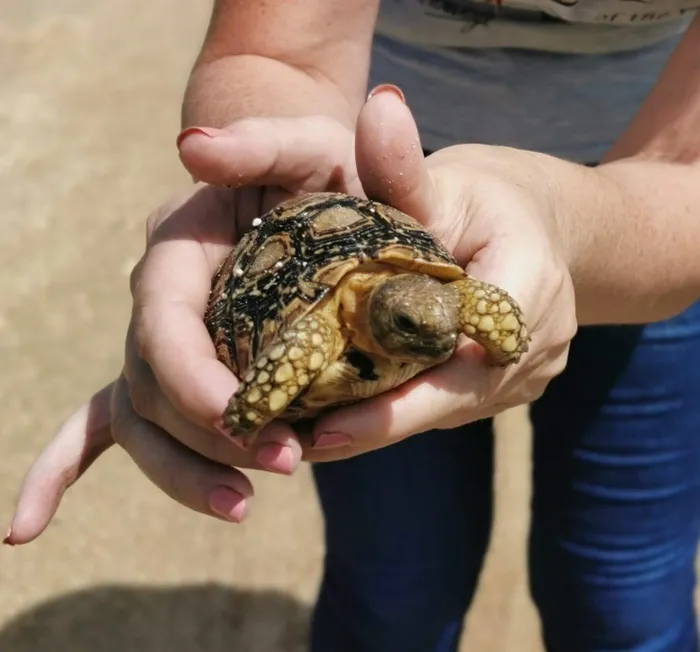
The future of wildlife remains uncertain should mining take place at Rooifontein.
Image: Supplied / Ekapa Mining
Rehabilitation concerns
Stock farmer Jan Reichert pointed out that it was common practice for mining to take place without any rehabilitation.
“Mines often leave sites unrehabilitated after they run out of money or lack the machinery to level out the ground. People and animals can fall into the deep mining holes. Mining requires 6,000 litres of water per day. It depletes underground water sources where boreholes run dry, resulting in insufficient supplies for agriculture.
"A previous miner transported two large water tanks on a gravel road to Rooifontein, which created constant dust clouds that posed a health risk to humans and animals. Mining activity attracts an influx of crime along with cable, stock and game theft.”
A farmer added that farms were passed down through generations, while mining was short-lived.
“It takes decades for the land to recover. Many years ago, there used to be many dams on the farm where farmers could plant lucerne. This is no longer possible due to the over extraction of underground water.”
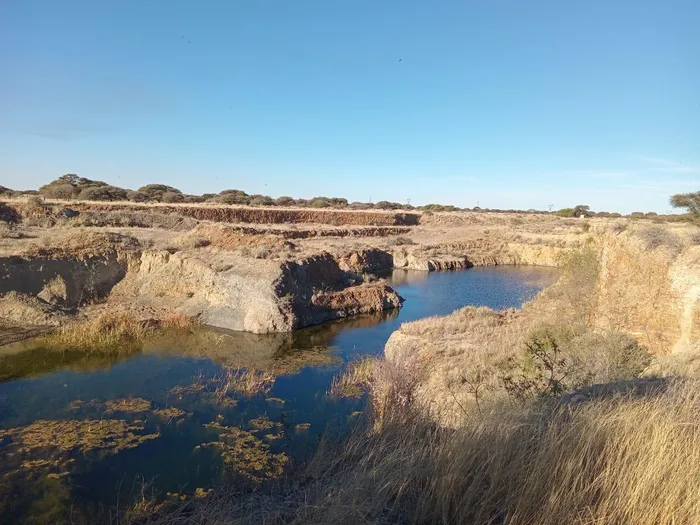
Environmental damage that was caused due to mining at Rooifontein.
Image: Supplied / Jan Reichert
Landscape conservation programme manager at SA BirdLife South Africa, Ernst Retief, who has conducted extensive conservation work at Rooifontein, indicated that there were 150 bird species, including 11 threatened species, on the farm.
“Mining will destroy the habitats of birds such as the near-threatened lesser flamingo, greater flamingo, the vulnerable black-backed vulture, the endangered Secretary bird, and the near-threatened European roller at Rooifontein.
"While mines are liable to pay a fine if they do not rehabilitate the land and must compensate the land owners, the nature reserve will no longer exist,” he added.
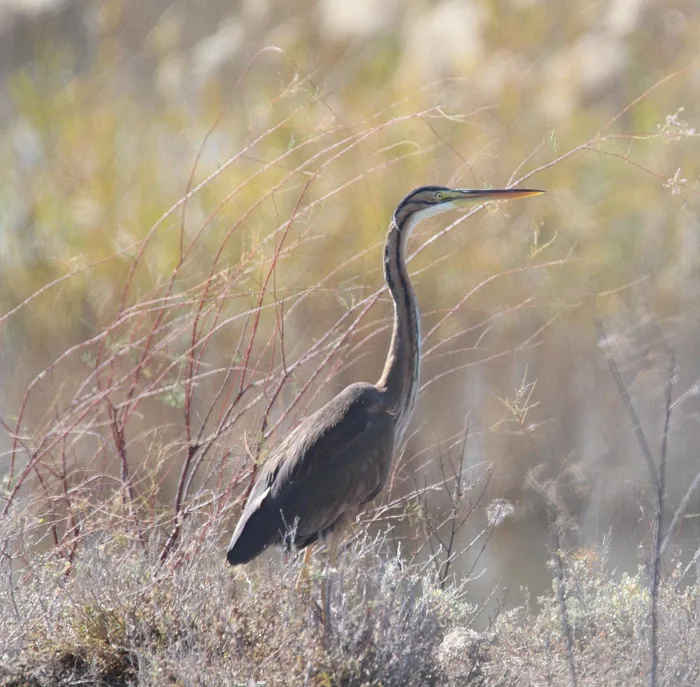
There are 150 bird species at Rooifontein.
Image: Supplied / Ekapa mining